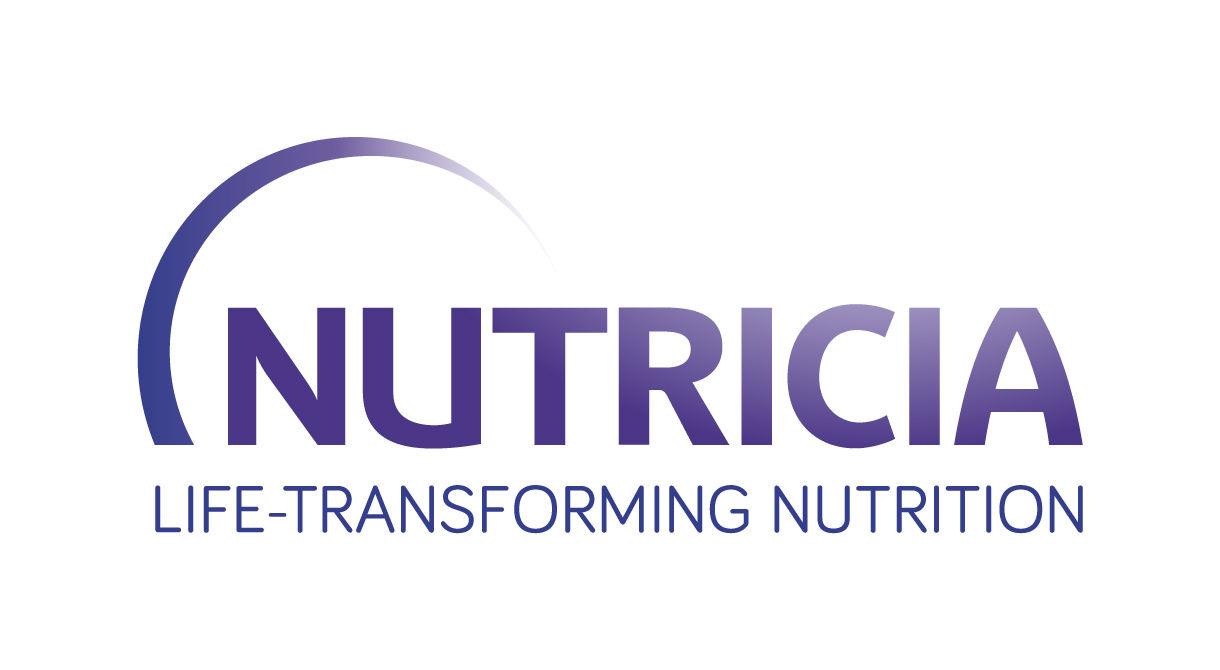Aging and inactivity contribute to muscle loss (sarcopenia) and bone weakness (osteoporosis), which can worsen if an older person is malnourished. If sarcopenia is not diagnosed and addressed with appropriate nutrition (including medical nutrition therapy if needed) alongside physical activity, an older person’s strength and muscle function declines and the risk of falling increases.
A fall can have serious implications for an older person due to an increased risk of fracture (resulting from osteoporosis). The ensuing result can be hospitalization, immobilization, loss of confidence and increasing dependence. After a fall nutritional care is key to help people regain strength and get back on their feet to resume activities of daily life.



